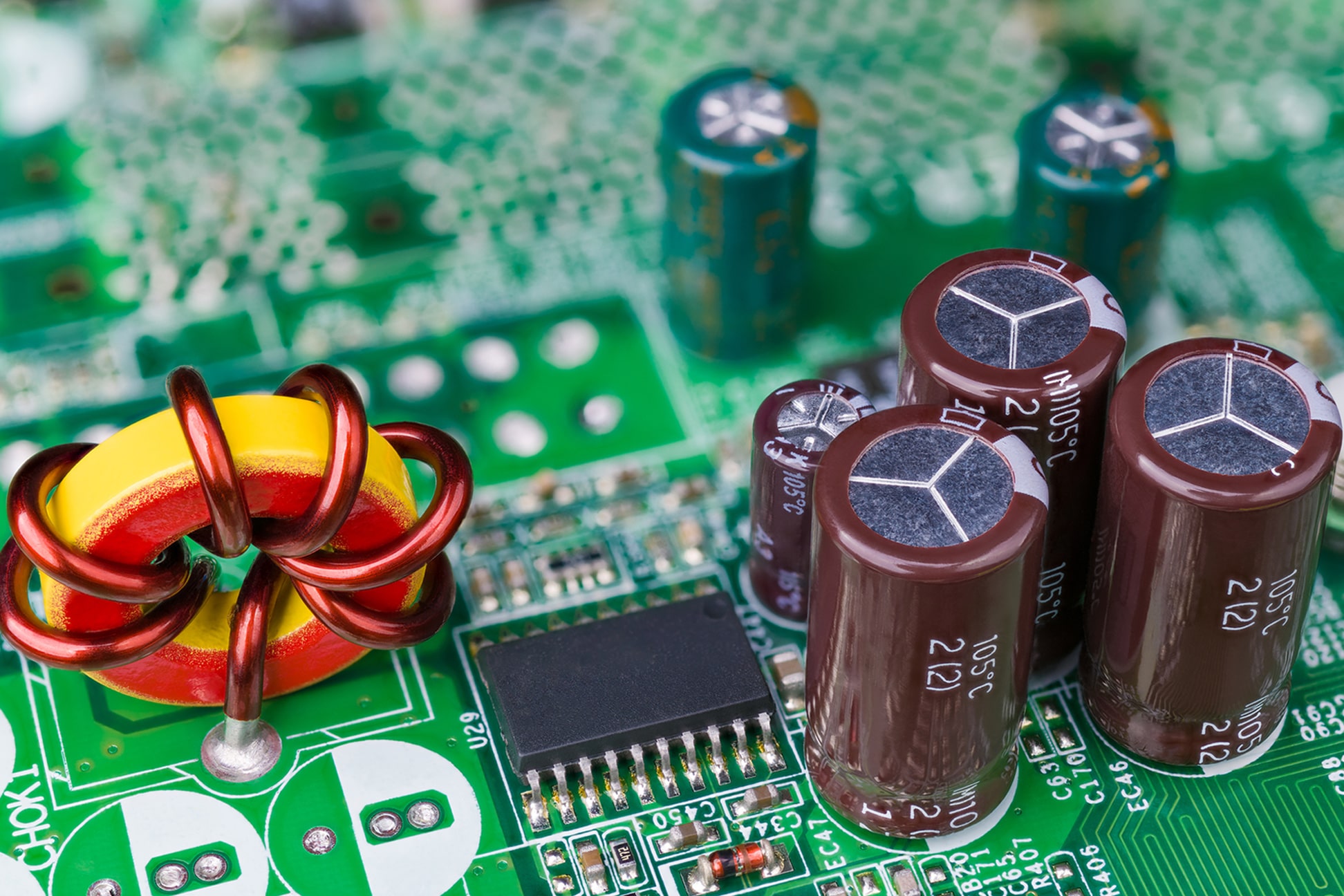Capacitors are fundamental components in electronic circuits, known for their ability to store and release electrical energy. While they are commonly perceived as devices that impede the flow of current, it is intriguing to understand why capacitors can sometimes act like a wire, allowing current to pass through unhindered. In this article, we will delve into the underlying principles and mechanisms that enable capacitors to exhibit wire-like behavior, shedding light on this enigmatic phenomenon.
- Capacitor Basics:
Before we explore the wire-like behavior of capacitors, let's briefly recap their basic functionality. A capacitor consists of two conductive plates separated by a dielectric material. When a voltage is applied across the plates, an electric field is established, causing the accumulation of opposite charges on each plate. This charge separation allows the capacitor to store electrical energy. - Reactance and Impedance:
To comprehend why capacitors can act like a wire, we need to delve into the concepts of reactance and impedance. Reactance refers to the opposition capacitors offer to the flow of alternating current (AC), which depends on the frequency of the signal. Impedance, on the other hand, encompasses both resistance and reactance and is a measure of the total opposition to current flow. - Capacitive Reactance:
Capacitive reactance (Xc) is the opposition offered by a capacitor to AC, and it is inversely proportional to the frequency of the signal. As the frequency increases, the capacitive reactance decreases, allowing more current to flow through the capacitor. At high frequencies, the capacitive reactance can become negligible, resembling the behavior of a wire. - Phase Shift:
Another crucial aspect contributing to the wire-like behavior of capacitors is phase shift. When an AC signal passes through a capacitor, the voltage and current waveforms undergo a phase shift. At certain frequencies, the phase shift can be 90 degrees, resulting in the current leading or lagging the voltage. This phenomenon allows capacitors to facilitate the flow of current, resembling the behavior of a wire. - Applications of Wire-like Capacitors:
Understanding why capacitors act like wires opens up a realm of applications. In AC circuits, capacitors can be employed to filter out specific frequencies, allowing only desired signals to pass through. Additionally, capacitors with wire-like behavior are crucial in power factor correction, where they help improve the efficiency of electrical systems.
Conclusion:
In conclusion, capacitors, despite being known for their ability to store energy, can exhibit wire-like behavior under certain conditions. The interplay of capacitive reactance and phase shift enables capacitors to allow current to flow through them, resembling the behavior of a wire. This understanding not only enriches our knowledge of capacitors but also opens up new avenues for their application in various fields. So, the next time you encounter a capacitor, remember its potential to act as a wire, bridging the gap between energy storage and current flow.

